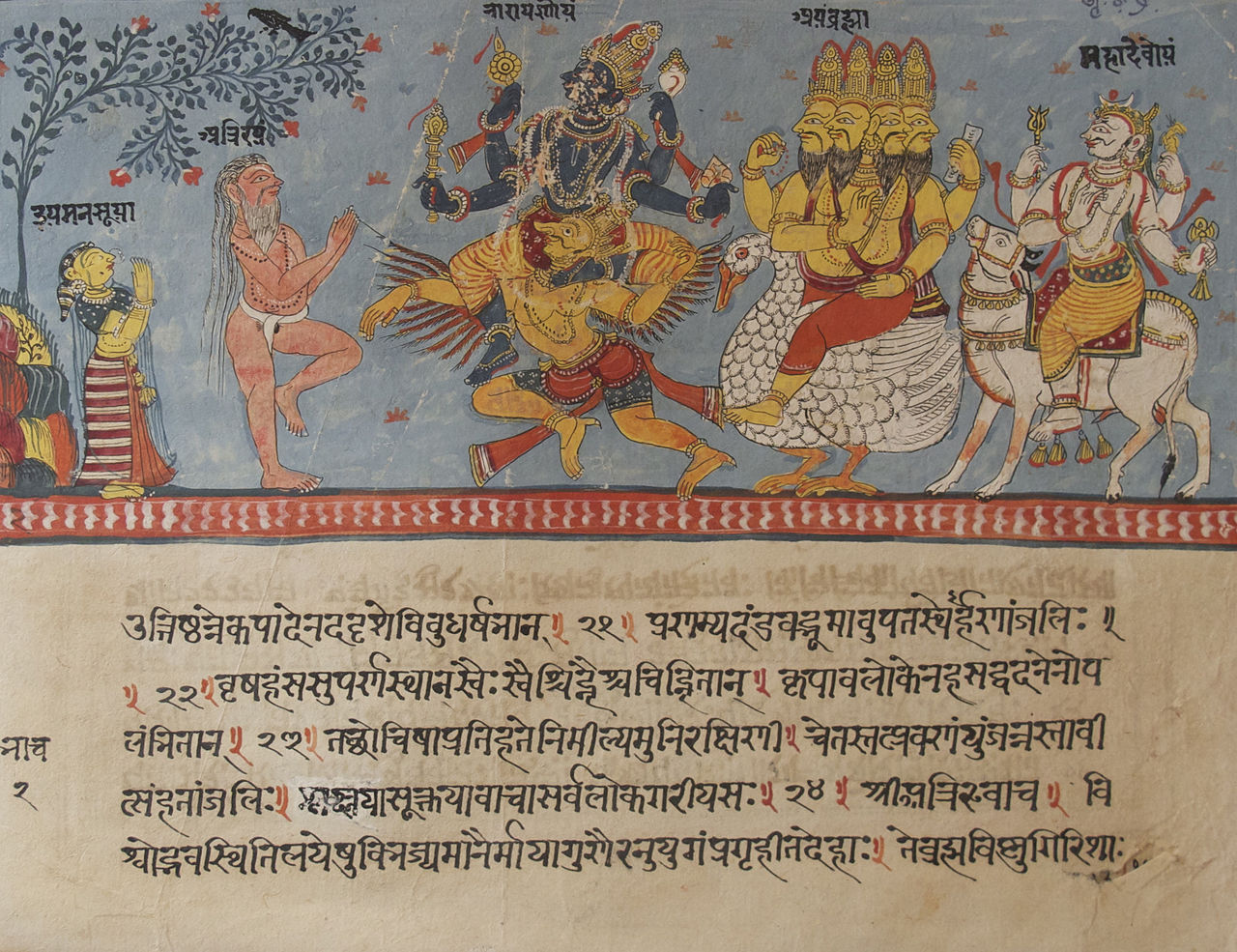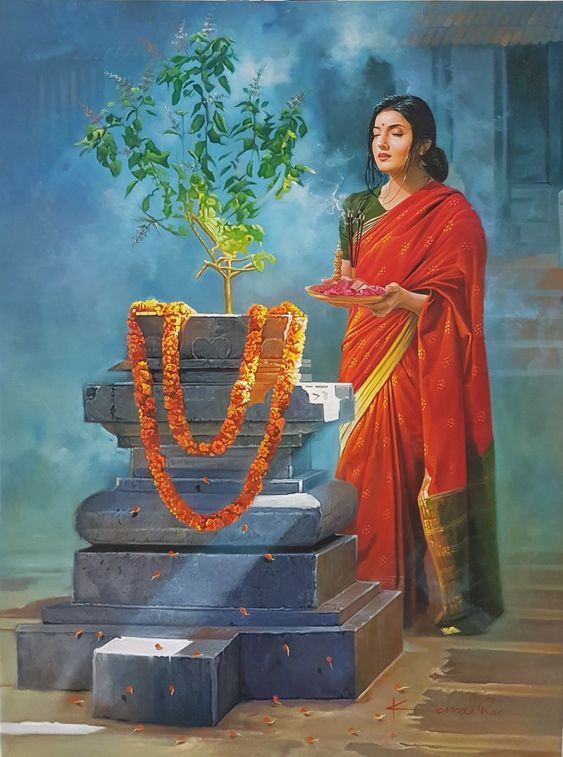
Comparing the Concepts of Divinity in Upanishads and Puranas
The Upanishads and Puranas are two significant genres of ancient Hindu scriptures that offer profound insights into the nature of divinity. While both texts are revered in Hinduism, they approach the concept of divinity from different perspectives. In this blog, we delve into a comparative analysis of how the Upanishads and Puranas portray the divine, exploring the similarities and differences that enrich the tapestry of Hindu spiritual thought.
- Upanishads: The Quest for Ultimate Reality
The Upanishads, considered the philosophical culmination of Vedic literature, focus on the search for ultimate reality (Brahman). The Upanishads emphasize Jnana Yoga (the Yoga of Knowledge) as the primary means to realize the oneness between the individual soul (Atman) and the universal reality (Brahman).
1.1. Impersonal Nature of Brahman: In the Upanishads, Brahman is often depicted as formless, beyond attributes, and transcendent to the material world. It is the ultimate reality that underlies the entire creation and is inseparable from the individual self (Atman).
1.2. Self-Realization and Liberation: The Upanishads advocate self-inquiry and contemplation to attain self-realization. By realizing the identity of Atman and Brahman, seekers break free from the cycle of birth and rebirth (Samsara) and attain spiritual liberation (moksha).
1.3. Importance of Meditation and Wisdom: Meditation (Dhyana) and wisdom (Jnana) play a pivotal role in understanding the nature of divinity according to the Upanishads. Quietening the mind and gaining profound insights through knowledge lead seekers towards divine realization.
- Puranas: The Tapestry of Mythology and Devotion
The Puranas, on the other hand, present a vast array of mythological narratives, exploring the multifaceted aspects of divinity through various gods and goddesses. They celebrate devotion (Bhakti) as the principal means to connect with the divine.
2.1. Personalization of the Divine: Unlike the Upanishads, the Puranas emphasize a personal relationship with the divine. They highlight the myriad forms of gods and goddesses that embody different aspects of divinity, each accessible to devotees through devotion and worship.
2.2. Cosmic Functions and Stories: The Puranas narrate stories of divine incarnations (avatars), the exploits of gods and goddesses, and their interactions with humans. These stories exemplify cosmic functions, moral lessons, and the importance of righteous actions.
2.3. Bhakti as the Path to Grace: The Puranas underscore Bhakti Yoga (the Yoga of Devotion) as a powerful means to attain divine grace and liberation. Devotees express their love, surrender, and reverence to their chosen deity, fostering a deep emotional connection with the divine.
- Harmony and Complementarity
While the Upanishads and Puranas may differ in their approach to divinity, they are not contradictory but rather complementary. The Upanishads provide the philosophical foundation, emphasizing the realization of the transcendent and formless Brahman. On the other hand, the Puranas enrich the spiritual experience through mythological stories, rituals, and devotional practices, providing a path accessible to individuals of various spiritual inclinations.
Conclusion
The Upanishads and Puranas are two vital genres within Hindu scriptures that explore the concept of divinity from different angles. The Upanishads focus on the quest for ultimate reality (Brahman) through self-realization and knowledge, emphasizing the oneness between Atman and Brahman. The Puranas, on the other hand, celebrate devotion and present a vast array of gods and goddesses, providing a personal connection to the divine through mythological narratives and Bhakti Yoga.
Together, these texts form the fabric of Hindu spiritual thought, offering seekers diverse paths to explore and connect with the divine. The combination of philosophy, mythology, and devotion exemplifies the inclusive nature of Hinduism, accommodating various spiritual approaches while ultimately leading towards the realization of the eternal truth.
By Nishita Khanna
(The images used in this blog post are not owned by Anime Devta, they are just to help the readers)

